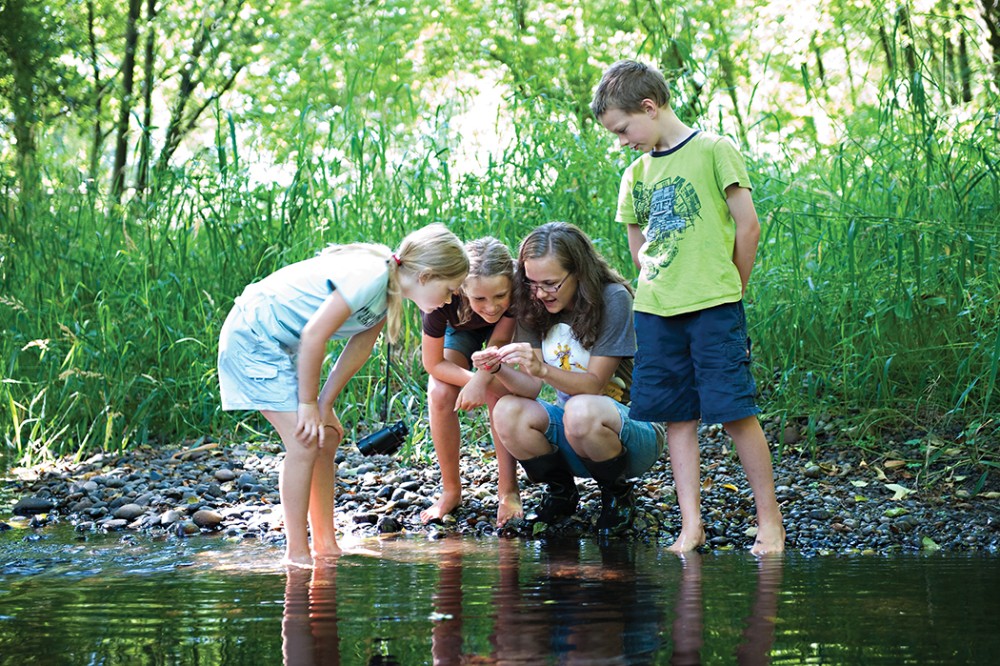The quiet Christian witness of A Rocha Canada
The evangelical group teaches farming, provides hospitality to newly arrived refugees, and watches the local salmon.

If The Handmaid’s Tale were Margaret Atwood’s only novel, we might assume that she thinks religion is the opiate of the right-wing masses. That dystopian 1985 novel—made into a blockbuster series on Hulu last year—is about a future version of the United States in which fundamentalist Christians have instituted a militarized, patriarchal theocracy.
But Atwood’s 2009 book The Year of the Flood offers another kind of dystopian vision in which the religious figures are the heroes. In the novel, a group of Christians known as God’s Gardeners rejects the power of biotech corporations and survives a mass extinction event brought on by global warming and DNA tampering. The Gardeners are a quasi-monastic community that sings hymns to moles and nematodes and regards Dian Fossey and E. O. Wilson as saints.
When Atwood appeared on a Canadian TV show in 2009 to promote her book, the host subsequently introduced to viewers what he called the “real God’s Gardeners”—Leah and Markku Kostamo. The Kostamos are founders of a group called A Rocha Canada and have helped lead a Christian community based on a farm in Surrey, British Columbia, that teaches people about the environmental, protects the local watershed, and tries to live in harmony with each other and the land.




